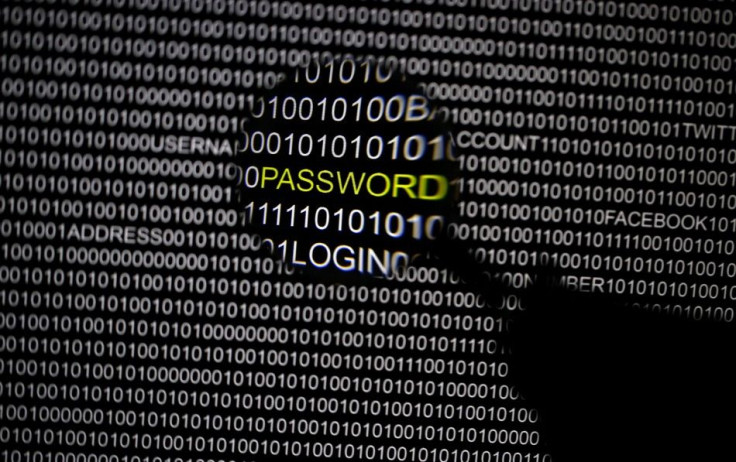5 Things You Should Understand About Malware: What It Is And How To Deal With It

Microsoft describes malware or malicious software as unwanted software installed in your computer system without your permission. Some species of malware include viruses, Trojan horses and worms, which can disrupt other existing programs in your computer and even damage hardware.
Here are some ways on how to deal with the problem.
1. Get the latest security updates
Install an antimalware program in your computer then get the latest updates. You can also opt to automatically update these whenever they are available from the host site. In a study conducted at University of California, malware makers are constantly looking for ways to evade detection by running their software against existing antimalware programs. Updating the security software regularly will provide you with new ways to detect developed types of malware.
2. Avoid clicking suspicious links
Makers of malicious software will usually camouflage it with seemingly harmless links, posted on social media sites. Usually, these contain very enticing captions that encourage curious users to click. Check the link before clicking. If there is a huge disparity between the link and the description or photo provided, avoid it entirely.
3. Do not open spam mail
You might also get spam mail or messages that seem to come from a person you know but have not communicated with through email before. Do not open the email and delete it immediately. Opening the spam might automatically download malware into your computer, just like when you click suspicious links.
4. Scan for viruses regularly
In a research conducted by Mandiant Intelligent Information Security, it is recommended to scan your computer for existing viruses and malware regularly. Some malware may not exhibit obvious issues when you use the computer but you still have to eliminate these entirely. Do a full scan at least once every week to stay safe.
5. Install and run a firewall
You can setup a third-party firewall or use Windows Firewall. This will complement an existing antimalware program and prevent suspicious content from being downloaded into your system. However, do not run two firewalls at the same time since these may contradict each other.





















